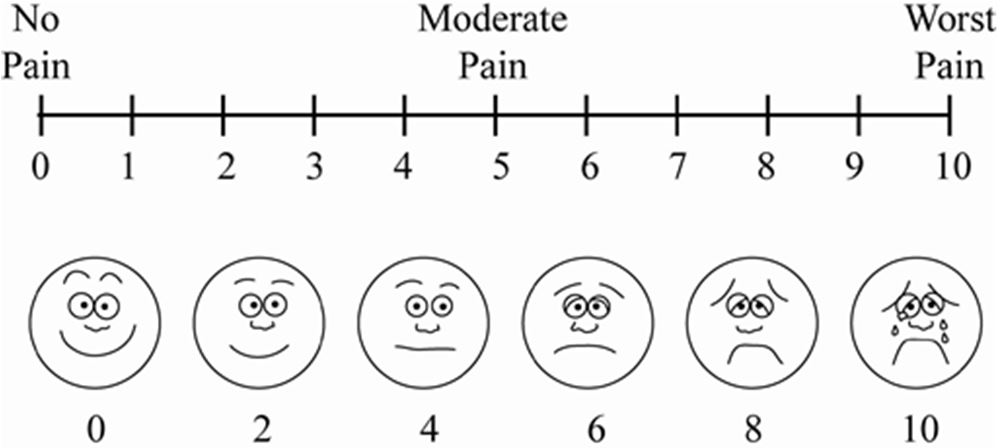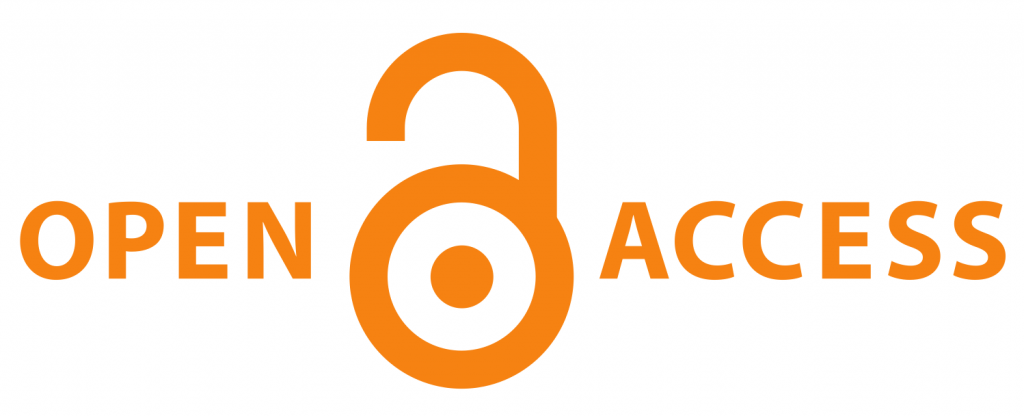An Open Labelled Non-Randomized Clinical Evaluation of Vajigandhadi Tail Matra Basti in Gridhrasi – A Study Protocol
DOI:
https://doi.org/10.21760/jaims.10.3.17Keywords:
Gridhrasi, Vataj Gridhrasi, Vata-Kaphaj Gridhrasi, Matra Basti, Vajigandhadi TailaAbstract
Introduction: Gridhrasi is one of the 80 types of Nanatmaja Vatavyadhi, occasionally presenting with Kaphanubandha. The cardinal symptoms include Ruka (pain), Toda (pricking sensation), Stambha (stiffness), and Muhur Spandana (twitching) affecting the Sphika, Kati, Uru, Janu, Jangha, and Pada in sequence, along with Sakthikshepa Nigraha (restricted leg lifting). In Kaphanubandha, additional symptoms like Tandra, Gaurava, and Arochaka are observed. Clinically, Gridhrasi is often correlated with lumbar radiculopathy, which results from lumbar disc herniation, vertebral degeneration, or foraminal narrowing, leading to radiating low back pain, numbness, weakness, and altered reflexes. Acharya Charaka prescribes Siravyadha, Basti Karma, and Agnikarma for its management, with Basti being particularly significant among Panchakarma procedures due to its multifaceted benefits.
Methods: This study aims to evaluate the efficacy of Vajigandhadi Tail Matra Basti in both Vataj and Vata-Kaphaja Gridhrasi. Thirty patients will be selected and divided into two sub-groups:
- Group A: Vataj Gridhrasi (n=15)
- Group B: Vata-Kaphaja Gridhrasi (n=15)
Treatment interventions will be assessed based on subjective and objective parameters. Statistical methods will be employed for data analysis.
Results: The findings will be analyzed to determine the effectiveness of Vajigandhadi Tail Matra Basti in each subgroup. Comparative assessments based on key clinical parameters will be presented.
Discussion and Conclusion: The final conclusions will be drawn based on observed clinical outcomes and statistical analysis. The study will contribute to understanding the role of Basti therapy in managing both types of Gridhrasi and provide insights into optimizing Ayurvedic interventions for lumbar radiculopathy.
Downloads
References
Kushwaha H. Charak Samhita: Hindi commentary of Ayurveda Dipika. Vol 1. Varanasi: Chaukhambha Ori-entelia; 2022. Sutra Sthana, Chapter 19, Verse 07.
Kushwaha H. Charak Samhita: Hindi commentary of Ayurveda Dipika. Vol 2. Varanasi: Chaukhambha Ori-entelia; 2022. Chikitsa Sthana, Chapter 28, Verse 56. p. 741.
Alexander CE, Varacallo M. Lumbosacral radiculopathy [Internet]. In: StatPearls. Treasure Island (FL): StatPearls Publishing; 2023 Jan- [updated 2023 Aug 4; cited 2025 Apr 27]. Available from: https://www.ncbi.nlm.nih.gov/books/NBK430837/
Kushwaha H. Charak Samhita: Hindi commentary of Ayurveda Dipika. Vol 2. Varanasi: Chaukhambha Ori-entelia; 2022. Chikitsa Sthana, Chapter 28, Verse 101. p. 750.
Tripathi I. Gada Nigraha: Vidhyotani Hindi Vyakhyopetah. Dwitiya Kayachikitsa Khandatmako Bhag, Vatrogadhikar. Chapter 19, Verse 178. p. 511.
CTRI. Clinical Trials Registry India [Internet]. CTRI/2024/07/069819. Available from: https://www.ctri.nic.in/















